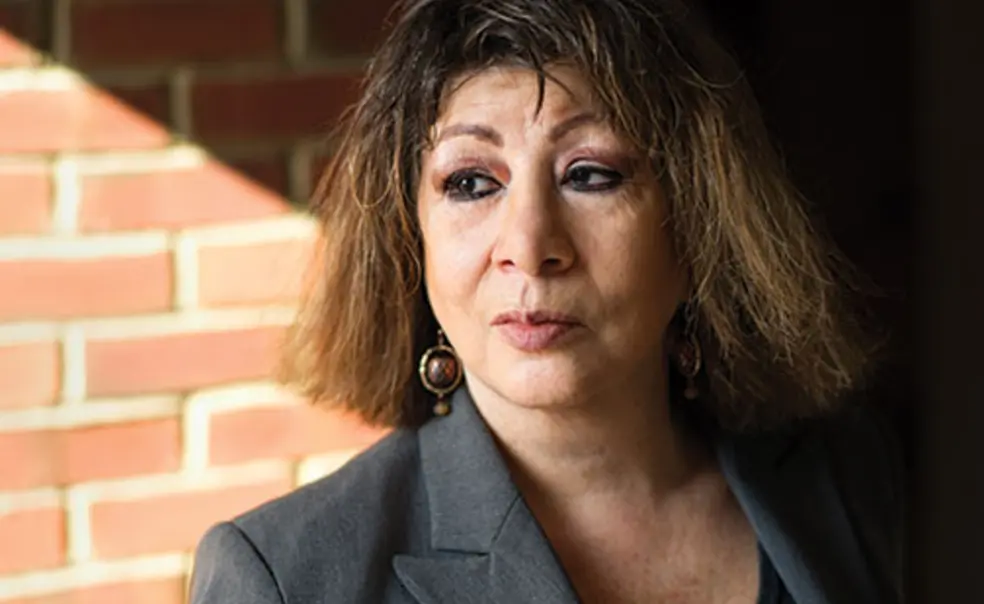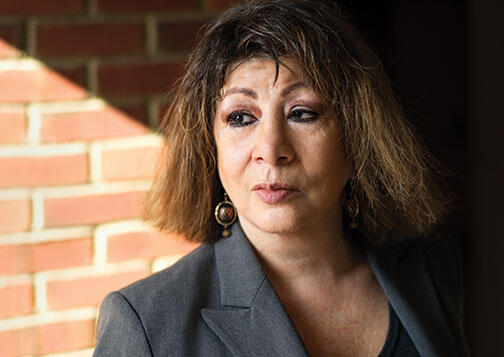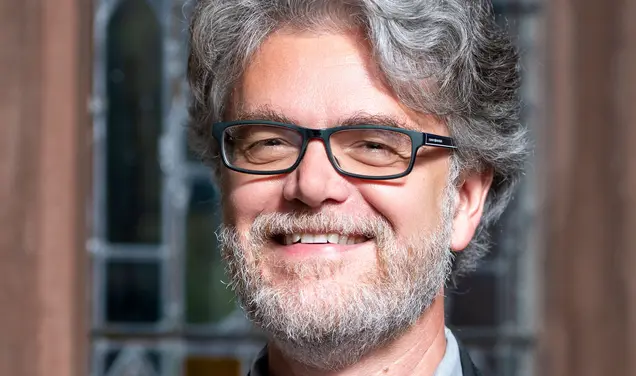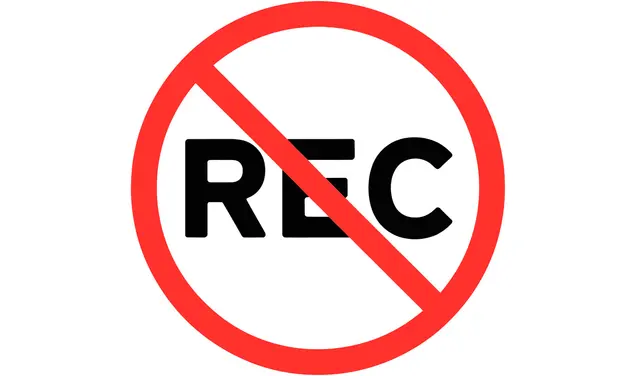Q&A: Patricia Fernandez-Kelly — Among the Poor
A study of inner-city Baltimore analyzes how the government treats poor people
Patricia Fernandez-Kelly spent a decade conducting field research with impoverished families in inner-city Baltimore in the 1990s. In The Hero’s Fight: African Americans in West Baltimore and the Shadow of the State, she weaves together vivid biographical accounts of residents with an analysis of how they interact with government agencies. Fernandez-Kelly, a lecturer in sociology, argues that public agencies treat the more affluent like consumers while regarding the urban poor with contempt and pity. The result, she says, is a system that helps perpetuate poverty in postindustrial cities. PAW spoke with Fernandez-Kelly about her research.
In the book, you focus on West Baltimore, an inner-city neighborhood with high levels of poverty.
We tend to use impoverished people as illustrations of social problems, and their humanity gets lost. I write about a man named Big Floyd, who had a great desire to support his family but couldn’t get a factory job. The mother of his children was using crack cocaine. When he did find a low-paying job, the children often were left alone. So despite his efforts, they were put into foster care. At one point, trying to get a job as a security guard, he went to get clearance to complete the process and ended up being incarcerated because he had failed to show up in court to explain why he wasn’t making child-support payments.
I want to shift the conversation away from “What can we do for the poor,” as if poverty was the result of bad luck and ineptitude. The truth is that we’ve never really invested in these populations, and the government programs that are supposed to help the poor really disempower and marginalize them further.
How does the American government enable poverty?
Poverty in the United States is the result of a very specific relationship between the American government and the inner-city poor. There is a difference between what I call mainstream government institutions — like the Internal Revenue Service or the Department of Motor Vehicles or the Social Security Administration — that basically interact with people as if they were consumers or citizens, and what I call liminal institutions, like child-protective agencies and welfare departments.
Liminal institutions do not follow the same rules as mainstream institutions. Instead, they focus on containment and punishment and surveillance. When a child is born in a neighborhood like West Baltimore, the people who are immediately in contact with that child are not just family members, they’re social workers and teachers and therapists.
But aren’t those people there to help?
They are and they do. In many cases, social workers, teachers, and therapists go out of their way to assist families, sometimes at their own expense. Their efforts remain as invisible and devalued as the lives of the people they try to serve, but nevertheless, they are often unsuccessful. The poor are seen as guilty victims, needy but responsible for their own afflictions. From the outset, in most of these interactions, indigent children are treated as if they were bound for trouble.
How are these kinds of interactions detrimental?
I tell the story of a young man who stole some cookies when he was 9 and got locked up for two weeks because social workers and police officers thought he was dangerous. You don’t understand how brutal and intrusive these interactions can be.
We’re all in favor of protection of children. But the way these agencies operate limits the authority of poor parents. I wrote about a grandmother who was trying to discipline her grandchildren because their mother couldn’t raise them. She may have been inept, but she wasn’t abusive, and yet she ended up on a list of alleged child abusers because one of the kids called 911. Children think that they can gain power over their parents by calling the authorities.
Most people caught in the net of child-protective agencies are not culpable of egregious crimes, but they are still treated as potential abusers because of the great suspicion directed at the poor. It’s a complete subversion of authority and a tremendous intrusion into private matters. It’s embedded in the behavior and design of the institutions that deal with impoverished people. There are other ways to protect children — for example, community-based centers designed to support families by cooperating with them, not beginning with an adversarial presumption between parents and children.
How could the government transform its interactions with the urban poor?
I believe in the American Dream. It’s a truly elegant concept, allowing people to prosper through accumulation of property and education, giving them incentives for upward mobility. But for the urban poor, we have this punitive system that is rooted in the belief that people can improve themselves if they only try hard enough. That doesn’t work. We need structural reform — big investments in education, reform of welfare that neither demonizes the poor nor infantilizes them — that allows the most impoverished members of society to rise.
Interview conducted and condensed by Amelia Thomson-DeVeaux ’11












1 Response
Richard C. Kreutzberg ’59
9 Years AgoTo Attack Poverty, Reform the Schools
For the source of our poverty problem (“Among the Poor,” Life of the Mind, March 18), look no farther than our misdirected K-12 school system that forces a pre-college curriculum on every student, ignoring the real needs of the majority of disadvantaged students. Germany takes a more pragmatic and effective approach to K-12 education, as made clear by the comparative outcomes of the two systems:
Have our programs to increase the effectiveness of our schools worked? Not at all. Since 1971, the reading and math scores of our high school seniors have been perfectly flat. Currently, 74 percent of our 12th-graders score below proficient in math; 62 percent are below proficient in reading. We are spinning wheels, when all we need to do is study Germany’s systematic and needs-driven approach in order to adopt its best features here.